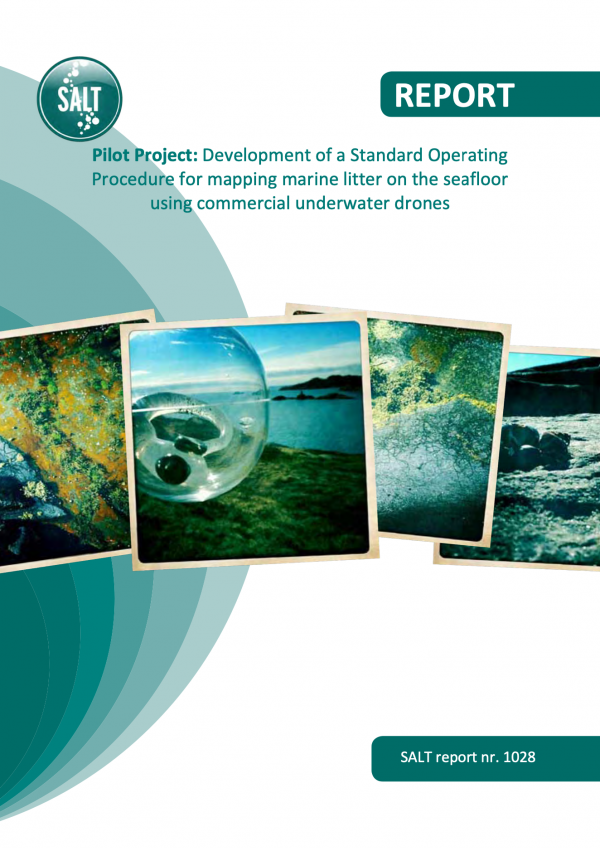The objective of this pilot study was to (1) test whether commercial ROVs can be used to collect quantitative data on benthic marine litter, and (2) begin to develop an international standard operating procedure (SOP) for mapping marine litter using commercial ROVs. After repeatedly testing two commercial ROVs (a Blueye Pioneer prototype and a PowerRay by PowerVision) on standardized transects, our preliminary conclusion is that these ROVs are not suitable for collecting quantitative data on marine litter on the sea floor due primarily to the forward-facing angle of their cameras, but also various operational constraints imposed by cable entanglement risks. It is therefore currently not possible to develop and SOP, although one could possibly be made for qualitative sampling given further testing of the ROVs.
